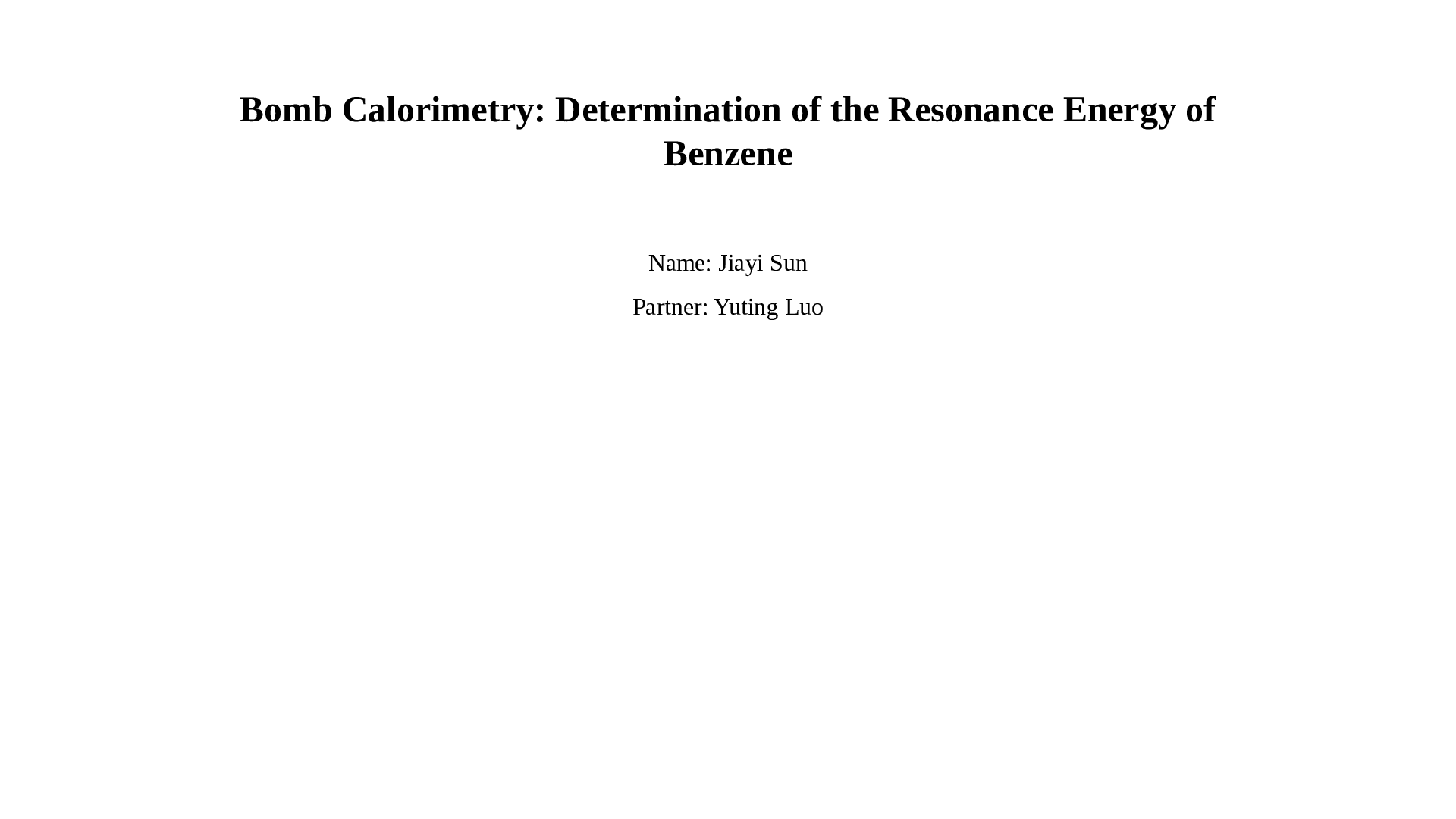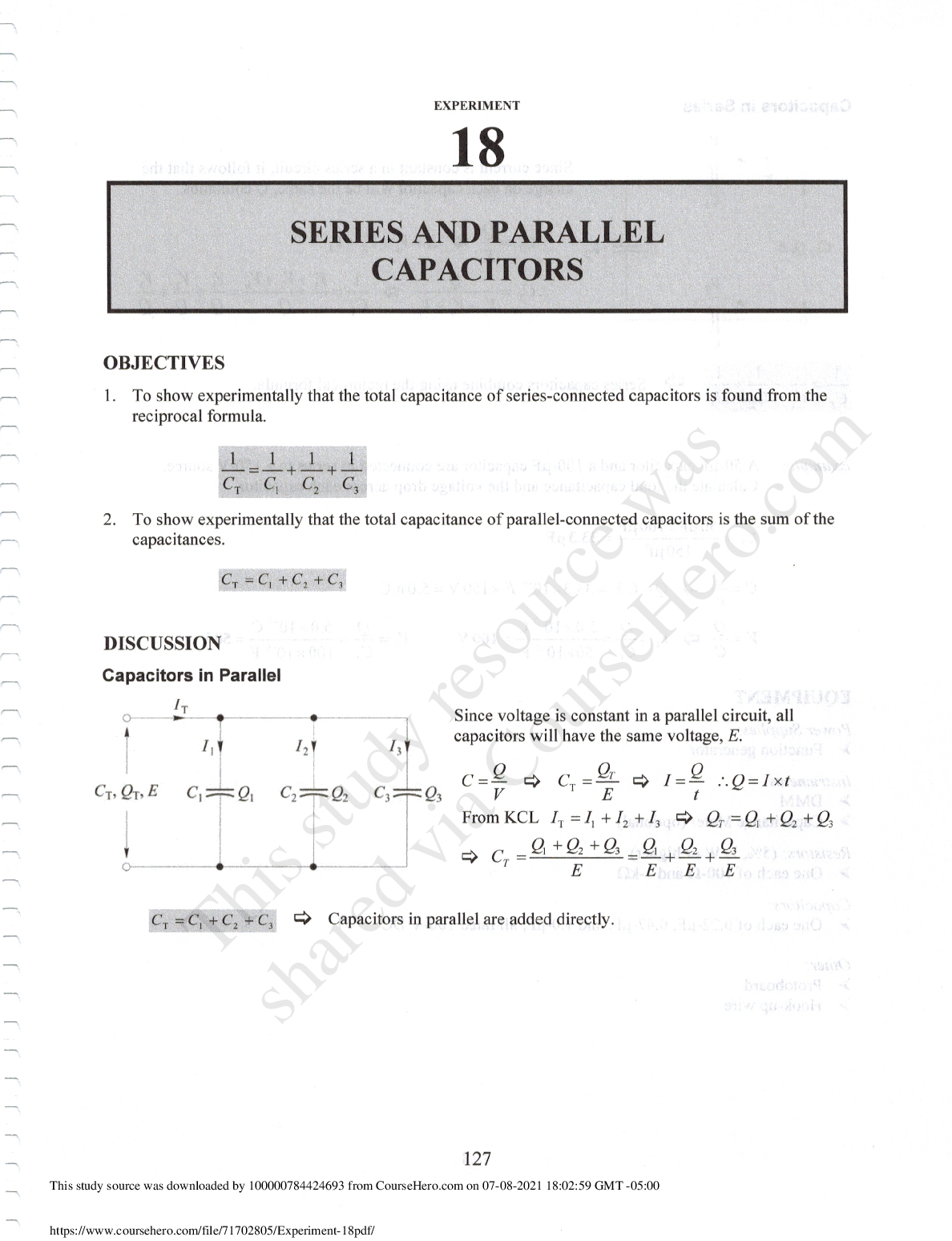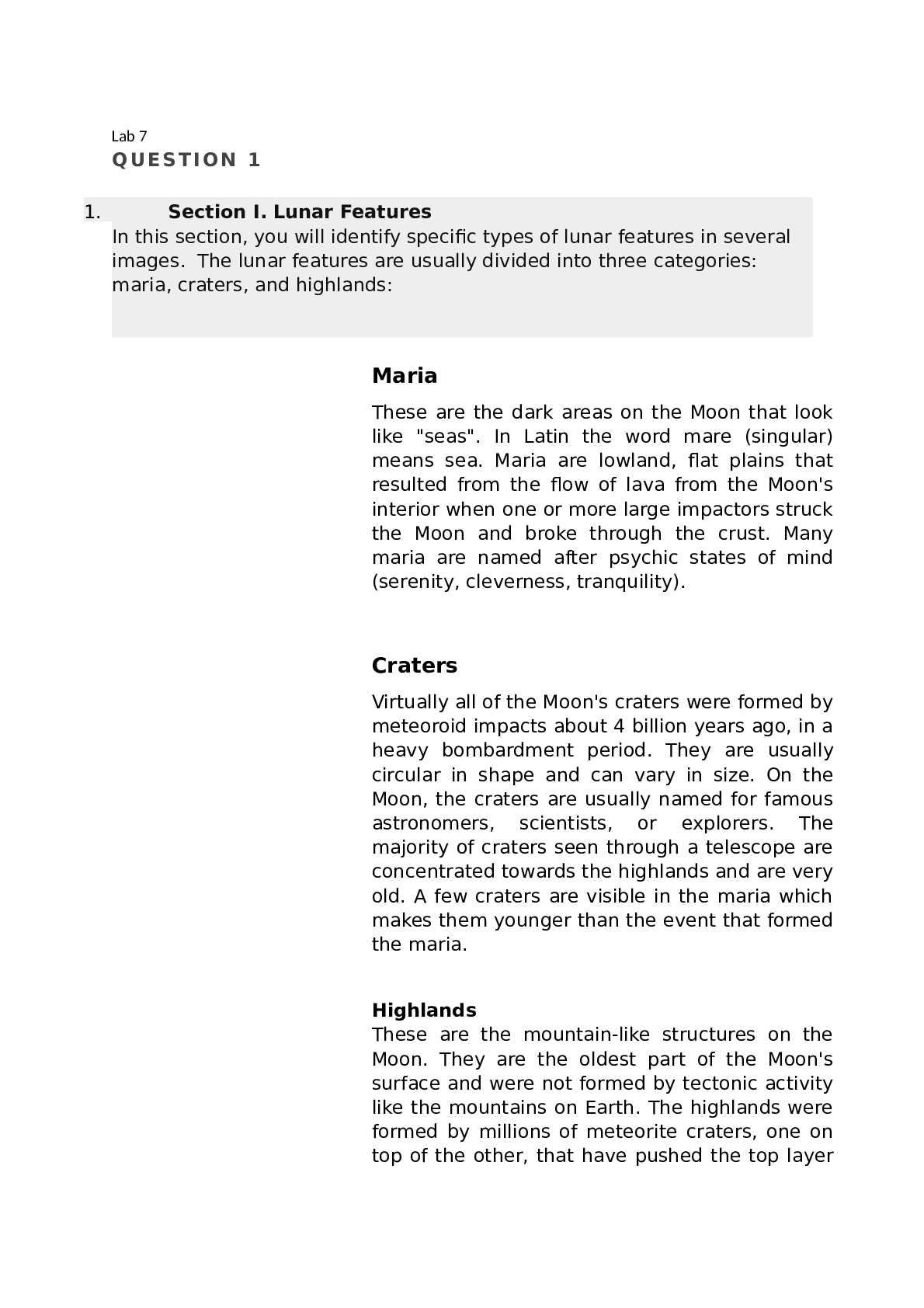Physics > Lab Report > Torque, Rotational Inertia and Rotational Kinetic New Jersey Institute Of TechnologyPHYS 111ALab_127 (All)
Torque, Rotational Inertia and Rotational Kinetic New Jersey Institute Of TechnologyPHYS 111ALab_127
Document Content and Description Below
Lab 127: Torque, Rotational Inertia and Rotational Kinetic Energy Hardik Patel Christopher, Calvin, Peshwa PHYS 111A -008 Professor Siliang Wu April 11, 2013. Objectives: 1. To verify the rela... tion by measuring angular acceleration, calculating rotational inertia I by the physical measurements, and applying Newton’s second law to find force then calculating the net torque. 2. To experimentally determine the rotational inertia of a rotating body by measuring its angular acceleration and applying the relation. 3. To practice computation of rotational inertias for objects of different shapes 4. To compute the rotational kinetic energy of the rotating system and find the energy loss by comparing the mechanical energy of the system at two different positions of an object in motion. Introduction and Background:When a force is exerted on a rigid object pivoted about an axis, the object tends to rotate about that axis. The tendency of a force to rotate an object about some axis is measure by a quantity called torque. The magnitude of a single torque associated with force F is defined by (1), Where force, = shortest distance between the line of F and axis of rotation. If the force F accelerates a body counterclockwise the torque is positive, negative otherwise. If a rigid object free to rotate about a fixed axis has a net external torque acting on it, the object undergoes a rotation motion with an angular acceleration. This rotational motion could be described by (2), Where is the rotational inertial of the object about this fixed axis. This equation is the rotational analog to Newton’s second law in the particle under a net force model. Rotational inertial I is a measure of the rigid object’s resistance to changes to its rotation about the fixed axis, and it plays much the same role in rotational dynamics as mass does in linear dynamics. The rotational inertia of a rigid object is defined as: (3) , where is the mass of the ith particle and is its distance from the rotation axis. Once the mass distribution of an object relative to the rotation axis is known, the rotational inertia of the object rotating around this rotation axis could be calculated. For the same object, when the rotation axis is different, its rotational inertia will be different [Show More]
Last updated: 1 year ago
Preview 1 out of 13 pages
Instant download
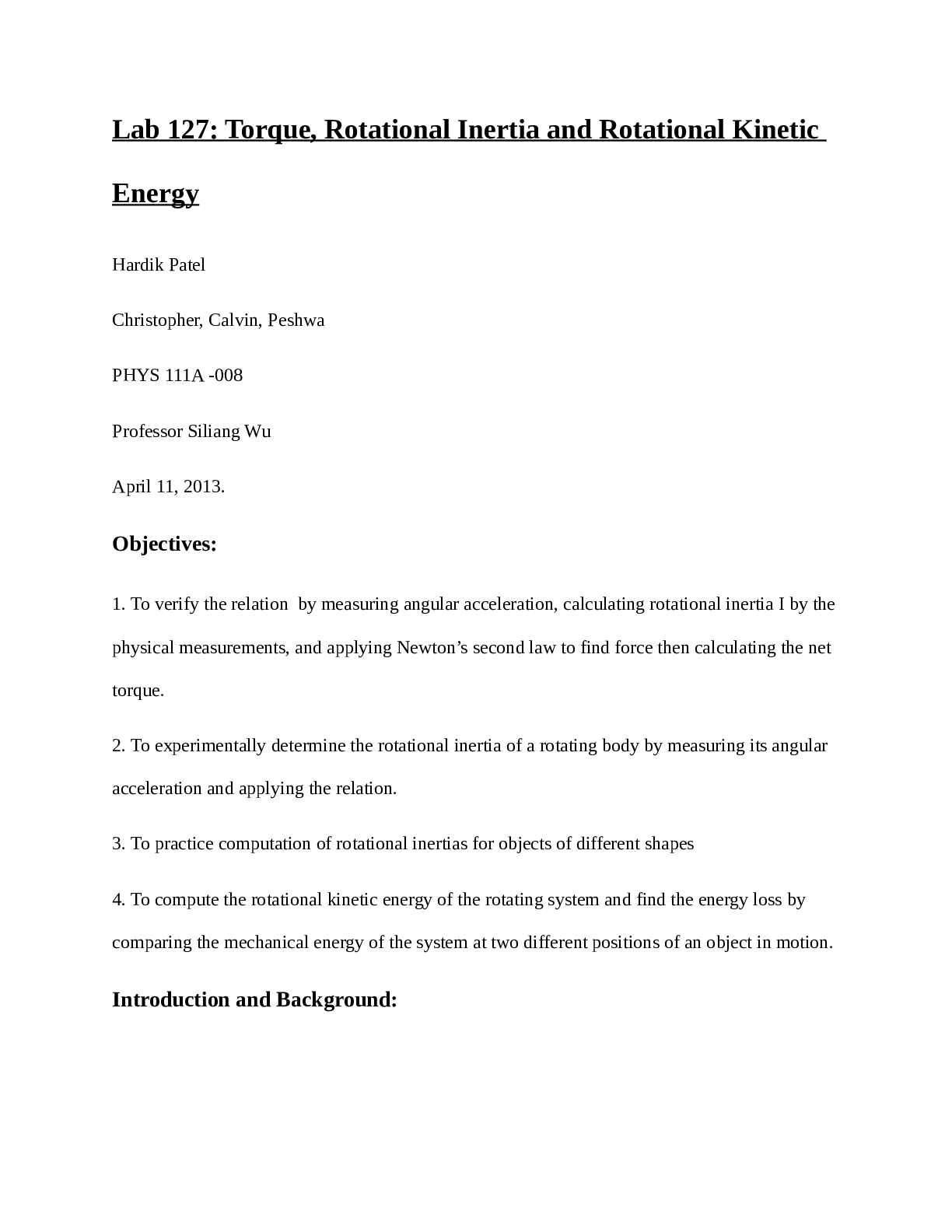
Buy this document to get the full access instantly
Instant Download Access after purchase
Add to cartInstant download
Also available in bundle (1)

Torque and Rotational Inertia
Torque and Rotational Inertia
By Muchiri 3 years ago
$10
2
Reviews( 0 )
Document information
Connected school, study & course
About the document
Uploaded On
Apr 22, 2021
Number of pages
13
Written in
Additional information
This document has been written for:
Uploaded
Apr 22, 2021
Downloads
0
Views
46

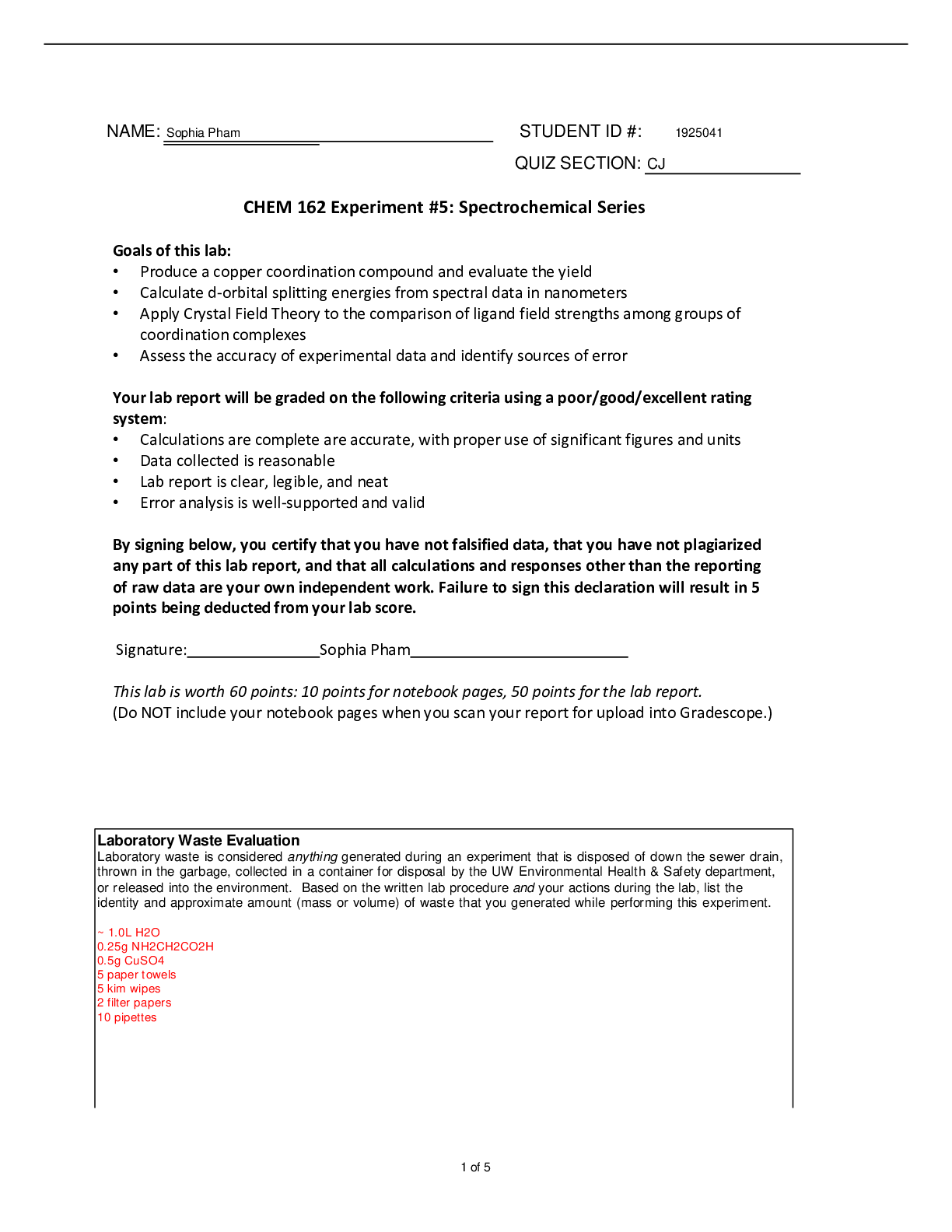
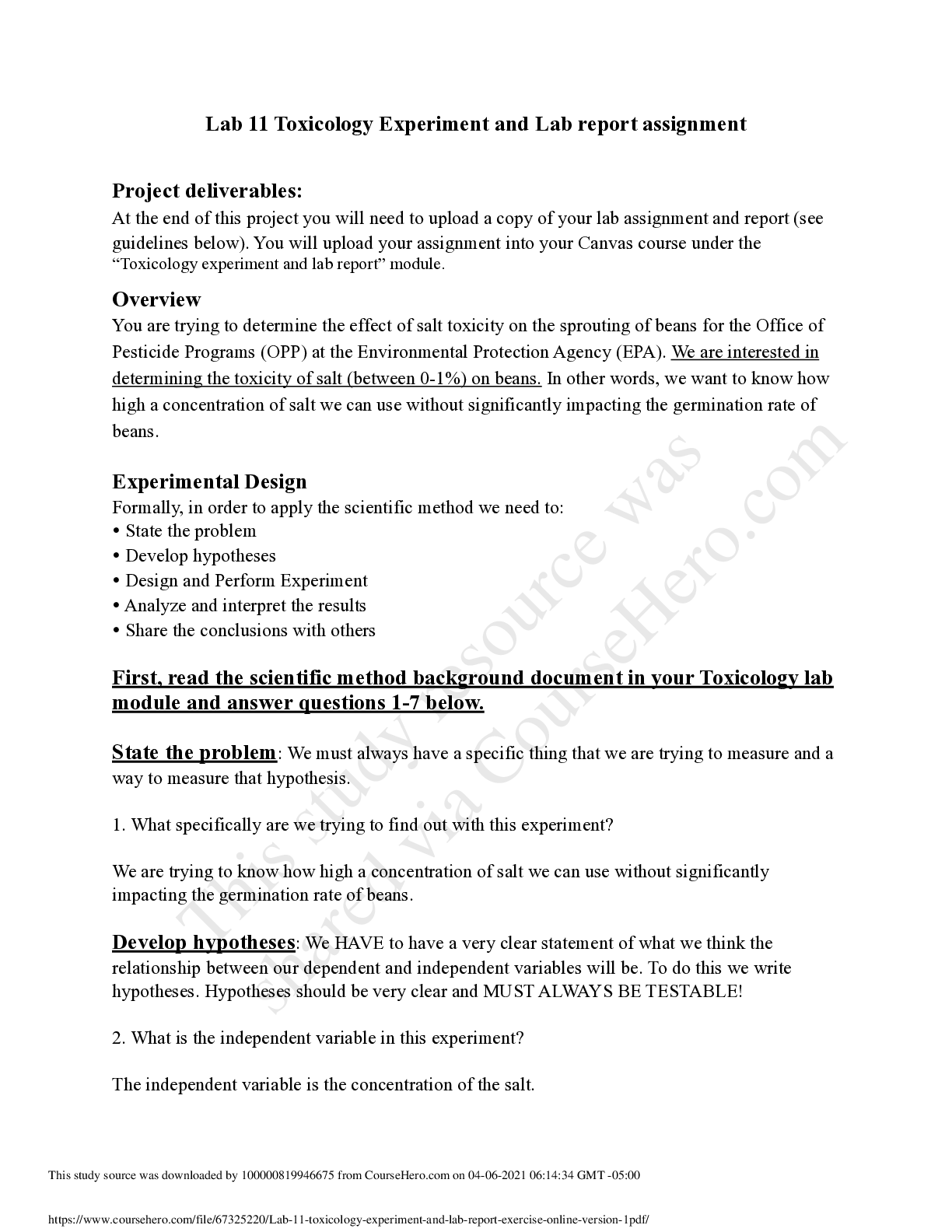

.png)
